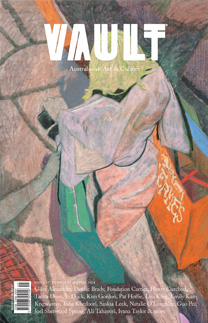Curating Biennials and Triennials: Spectatorship, Community and the Digital
In a post-pandemic world, what will the art biennial look like? And is the large-scale survey model of the biennial even still relevant?
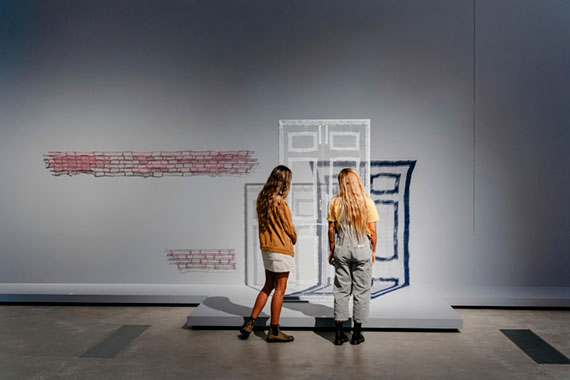
Image credit: Installation view Sumakshi Singh, Afterlife (series), 2020-21 in the Asia Pacific Triennial, Queensland Art Gallery of Modern Art, 2021. Photo: J Ruckli © QAGOMA. Courtesy the artist and Exhibit 320, New Delhi. Purchased 2021 with funds from Tim Fairfax AC through the QAGOMA Foundation © Sumakshi Singh, APT10, GOMA, 2021
In 2020, there was a fivefold increase in art biennials from the decade prior. This rapid proliferation has triggered questioning of who and what the biennial is for. What will biennials look like post-pandemic, and is the large-scale survey model of the biennial even still relevant?
Essentially, the biennial strategy has been two-fold: to serve as a model of cultural diplomacy for the host city and as a mode of generating art and knowledge production for artists, audiences and communities. The events of 2020 and 2021 have served to intensify scrutiny around the biennial’s position in the global art world. Following almost two years of viewing art and attending talks and symposiums online, will the digital mode of art and knowledge exchange remain part of the broader strategy of biennials? Have the forced conditions of isolation and digital worlds strengthened our yearning for human contact? Does the real-life experience of art matter so much that we will gladly see the back of Zoom-facilitated artist talks, roundtables and online viewing rooms?
Travel restrictions and social distancing immobilised international jet set travel, preventing large groups of people congregating around art. Occurrences such as biennial ‘grand tours’, which saw audiences coordinate their itineraries across the world, hung in the balance given the unpredictability of future restrictions and lockdowns.1
Perhaps the biennial to feel the impact of the pandemic the most was NIRIN, the 22nd Biennale of Sydney in 2020. The much-anticipated First Nations-led exhibition, curated by artist Brook Andrew, had only opened for 10 days before it was forced to close its doors. The biennial team swiftly documented the works and extensive public programs for an online audience, translating them across to social media, the website and the Google Arts and Culture platform. The Biennale’s Instagram included detailed walk-throughs and illuminating explanations of works in the exhibition. Some artists, including Justin Shoulder, Bhenji Ra and Sarah Houbolt, had to recreate artworks and performances for the digital space. The online audience experienced slow art – an in-depth and rich overview of individual works in a way that would seldom be experienced while pacing galleries pressed for time. Instead, audiences were invited to take their time with the work, diving in as much or as little as they liked, from the comfort of their own device.
NIRIN’s online translation was not part of the curatorial strategy, nor was Andrew consulted during its development.2 Whether or not the digital space will be part of the curatorial strategy of the next iteration of the Biennale of Sydney in 2022 remains to be seen. However, the global conditions of the last few years will likely see future biennials everywhere engage in both the physical and digital space simultaneously. Even though the biennial experience cannot be entirely translated online, the digital space proffers new kinds of access, collaboration and knowledge production. A crucial takeaway of the pandemic for Reem Shadid, a curator who oversaw the Sharjah Biennial, was the opportunity for partnerships and connections only made possible online.
Digital space has expanded who can access these flagship events, and how we consume biennials has and will continue to change. The biennial audience is no longer just the international curator or art tourist with the means to travel. Nor is it only the local audience and communities of the host cities and regions. Now, what must also be taken into account is the remote audience whose only means of accessing the biennial is online.3
The pandemic and concurrent global conditions have amplified the reconsideration of local and international audiences, as well as curatorial decisions. Both the Adelaide Biennial of Australian Art and TarraWarra Biennial focus on the local through their surveys of Australian art. In contrast, the Biennale of Sydney and Asia Pacific Triennial of Contemporary Art engage more broadly with an international programme of artists and contributors. Yet, for their most recent iterations, both the Biennale of Sydney and the Asia Pacific Triennial (APT10) have become more engaged with local artists, audiences and communities.
The notion of community in this context expands beyond the function of simply building audiences. Instead, the idea embraces communities at the heart of exhibition development. Tarun Nagesh, Curator of Asian Art at the the Queensland Art Gallery | Gallery of Modern Art (QAGOMA) noted how the Triennial engaged and built communities beyond just programming for the opening weekend.4 Indeed, APT10 (which opened in December 2021) worked with diverse communities to develop the exhibition. Similarly, the artistic director for the 2022 Biennale of Sydney, José Roca, noted that access, community and connection to the local would play a central role in the curatorial strategy.
The community-led curatorial approach is a far cry from the ‘star curator’ attitude taken by Harald Szeemann for his seminal 1972 documenta 5. Artists and critics widely criticised Szeemann’s thematic curatorial style for allowing the exhibition to shadow the actual artworks by “exhibiting the exhibition as a work of art.”5 The perennial exhibition that the art world is keeping the closest eye on in 2022 is documenta, which occurs every five years in Kassel, Germany. The artistic directors of documenta 15 are the Indonesian art collective ruangrupa (spelled and written with a lowercase ‘r’). For documenta 15 they have has adopted the theme of ‘lumbung’, which is the Indonesian term for a collectively governed rice barn. The harvest is stored within the lumbung as a shared resource for the common good of the community. This community-centric practice is not new for ruangrupa; it has been fundamental to their organisational framework since their founding in Jakarta in 2000.
ruangrupa’s approach disperses curatorial control by forming connections, conversations and exchanges among artists and participants. These connections occur not just over the 100 days of the exhibition, but also in the 14-month lead up to its opening in June 2022. ruangrupa invited community-oriented collectives and organisations from around the world to practice lumbung with each other, and to work on new models of collective practices of sharing and sustainability. These connections have been occurring online through a series of programs, including ‘lumbung calling’, ‘lumbung konteks’ and ‘CAMP notes on education’ lectures. Additionally, in a physical event space called ruruHaus in Kassel, exchanges with the local community have been taking place before being shared online.
The appointment of an artist collective from Indonesia to curate the most critical art event in the world builds on the legacy of firsts for documenta. In 2002, Nigerian born Okwui Enwezor was the first non-European and non-white person to curate documenta. In the watershed documenta 11, Enwezor sought to decentre the West through a series of ‘platforms’ – satellite projects in various locations including Delhi, Lagos and Saint Lucia. documenta 15 is the first time the artistic direction of the quinquennial will be led by a collective and helmed by curators from Asia. Speaking at the Kassel press conference in 2019, ruangrupa noted: “Our curatorial approach aims at a different community-oriented model of resource usage.”
Indeed, what transpires at documenta 15 is a precedent for contemporary art for years to come. The focus on community, the local and sustainability have become the buzz of biennial art circuits. Similar considerations and approaches have been taken by the Biennale of Sydney, Asia Pacific Triennial, Gwangju Biennale and Liverpool Biennial of Contemporary Art, just to name a few.
Whether the pandemic and the saturation of biennials worldwide will witness the end of the international biennial as we know it is contingent on who and what the biennial is for. The Chief Executive and Artistic Director of the 2020 Bangkok Art Biennale, Apinan Poshyananda, notes that we are ulikely to see the end of the biennial. Instead, he contends, what will emerge are ‘biennial variants’ whose frameworks will be responsive to the conditions of each region. “It will survive, changing and adapting accordingly.”6
The 23rd Biennale of Sydney runs from March 12 to June 13, 2022.
biennaleofsydney.art
The Adelaide Biennial of Australian Art: Free/State at the Art Gallery of South Australia runs from March 4 to June 5, 2022.
agsa.sa.gov.au
The Asia Pacific Triennial of Contemporary Art (APT10) at Queensland Art Gallery | Gallery of Modern Art runs until April 25, 2022.
qagoma.qld.gov.au
PHOTO 2022 International Festival of Photography runs at venues across Victoria from April 29 to May 22, 2022.
photo.org.au
TarraWarra Biennial 2023 opens at TarraWarra Museum of Art in April 2023.
twma.com.au
documenta 15 will take place in Kassel, Germany from June 18 to September 25, 2022.
documenta-fifteen.de
The 59th Biennale Arte International Art Exhibition will take place in Venice, Italy from 23 April to 27 November, 2022.
Labiennale.org/en/art/2022
The 14th Gwangju Biennale runs from April 7 to July 9, 2023.
gwangjubiennale.org
The 12th Liverpool Biennial of Contemporary Art runs from June to September 2023.
biennial.com
The Sharjah Biennial 15: Thinking Historically in the Present (SB15) will open in February 2023.
sharjahart.org
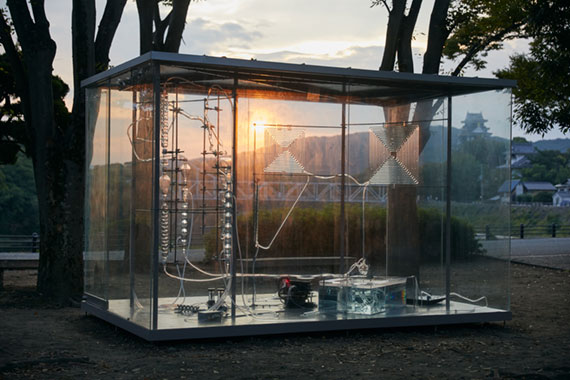
Image credit: All images are installation views Julie Gough, Manifestation (Bruny Island), 2010 in Littoral, 2010, Gliclee print on Hahnemuhle
photo rag paper, 40 x 60 cm (image), 60 x 80 cm (paper) Curated by Vivonne Thwaites, Carnegie Gallery Hobart Photo: Julie Gough
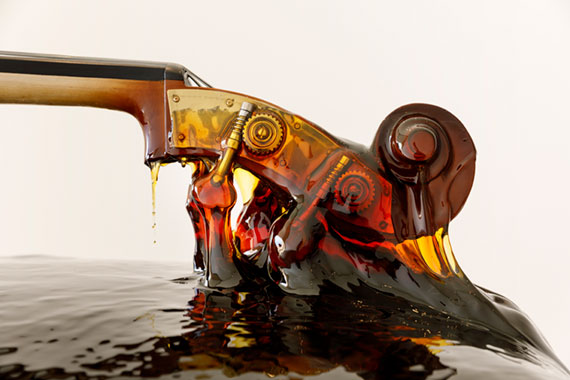
Image credit: Lucy Bleach, attenuated ground (the slow seismogenic zone), 2021, double bass, toffee, seismometer, wooden table, tactile transducers, form
ply, plaster, surface vibration speakers, polished concrete, powdered core sample, powdered gold leaf, Ficus coronata plant, Rhizobox, soil, dimensions variable
in TarraWarra Biennial 2021: Slow Moving Waters, TarraWarra Museum of Art, Healesville. Photo: Andrew Curtis.Courtesy the artist
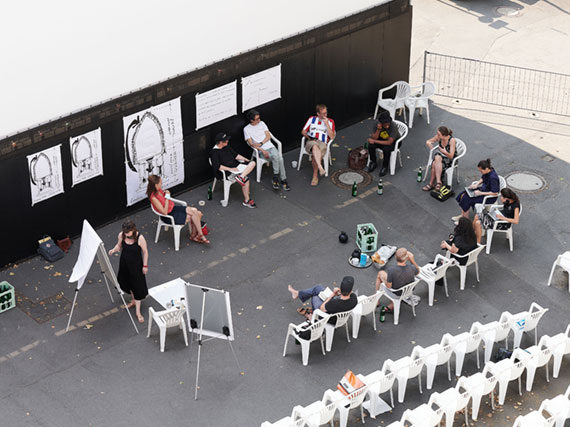
Image credit: documenta 15, workshop with ruangrupa, Artistic Team and lumbung members, Kassel, 2020 Photo: Nicolas Wefers. Courtesy documenta 15
This article was originally published in VAULT Magazine Issue 37 (Feb – Apr).
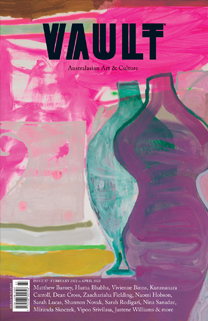
Click here to Subscribe







